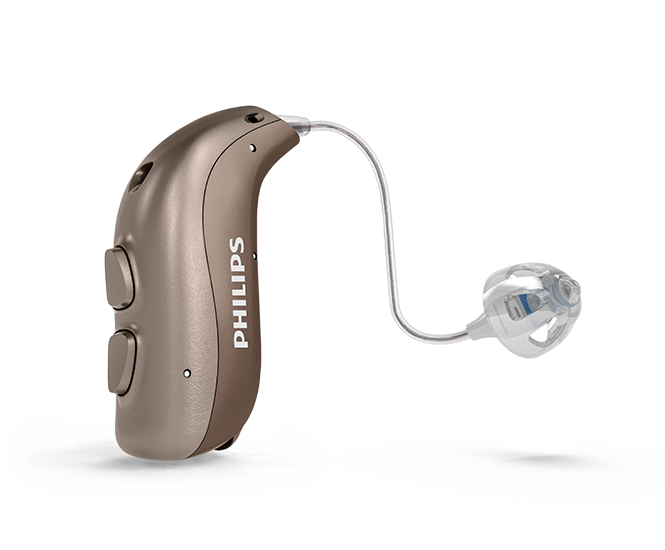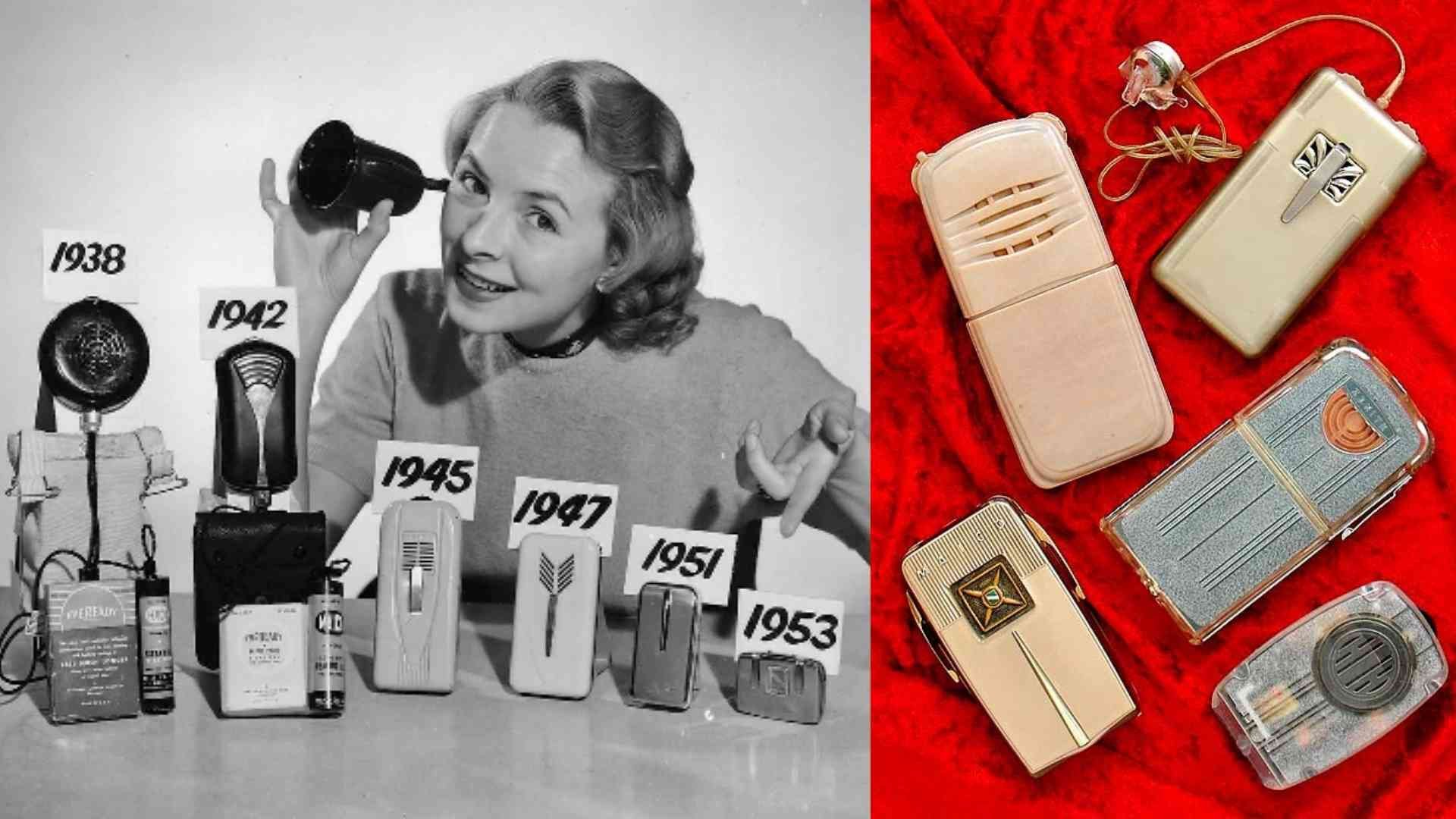Introduction
Humans were trying to cure hearing problems since at least 1550 BC. Pioneers in this subject are Egyptian manuscripts, ancient Greeks and Romans offered their own solutions for hearing loss. These usually involved various medicinal concoctions and the occasional object inserted into the ear canal. Definitely they are not recommended nowadays.
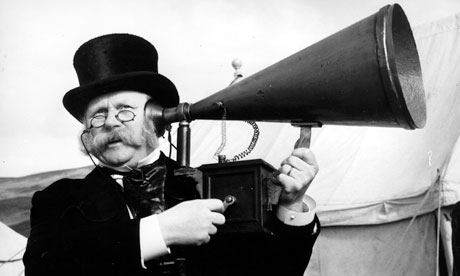

The 1200s
By the 13th century, hearing instruments were crafted from hollowed-out animal horns. Because lack of amplification they are not very effective, but because of funnel-shaped. Objects would serve as the dominant form of hearing aid for the next few centuries.
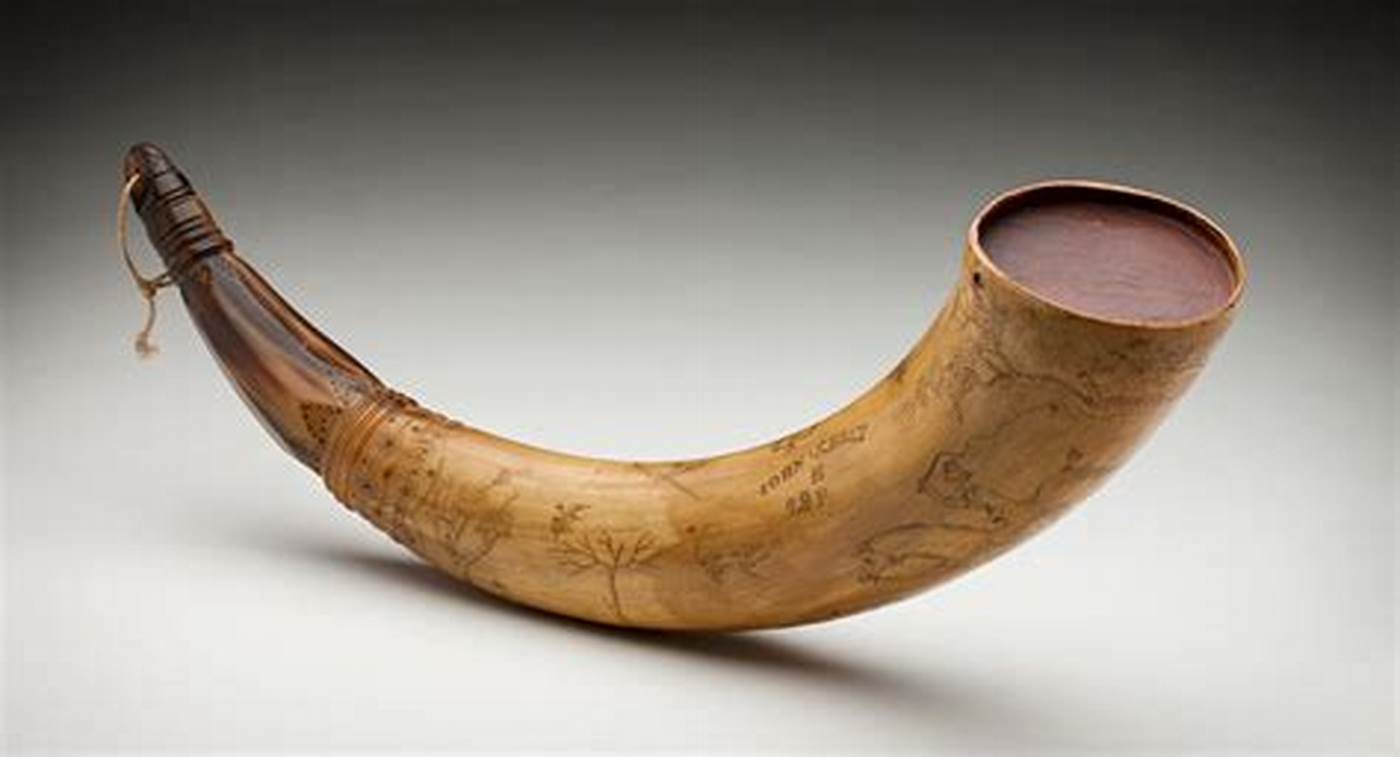
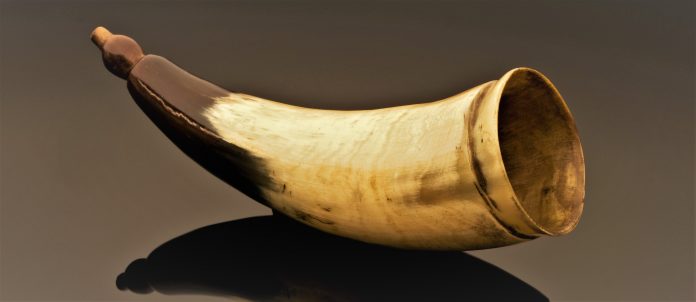
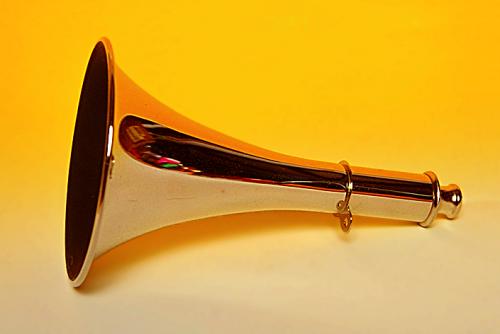

The 1700s-1800s
Ear trumpets were introduced by the 18th century and make hearing aids more portable. They often were personalized and customized for individuals. By the 19th century, ear trumpets were manufactured commercially with their accessories such as hearing fans and speaking tubes. Ludwig Van Beethoven were using this hearing instruments. He owned multiple custom ear trumpets and used them for many years. They’re on display at the Beethoven Museum in Bonn, Germany.
The 1900s
With invention of carbon microphones in 1878, many electric hearing devices were developed in early 29th century. These hearing instruments were able to amplify sounds and listener could hear the amplified sounds through a speaker hold at their ear. They were large and limited, but opened a door to modern hearing technology.
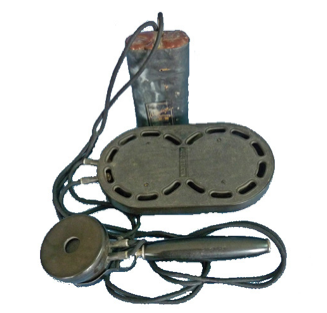
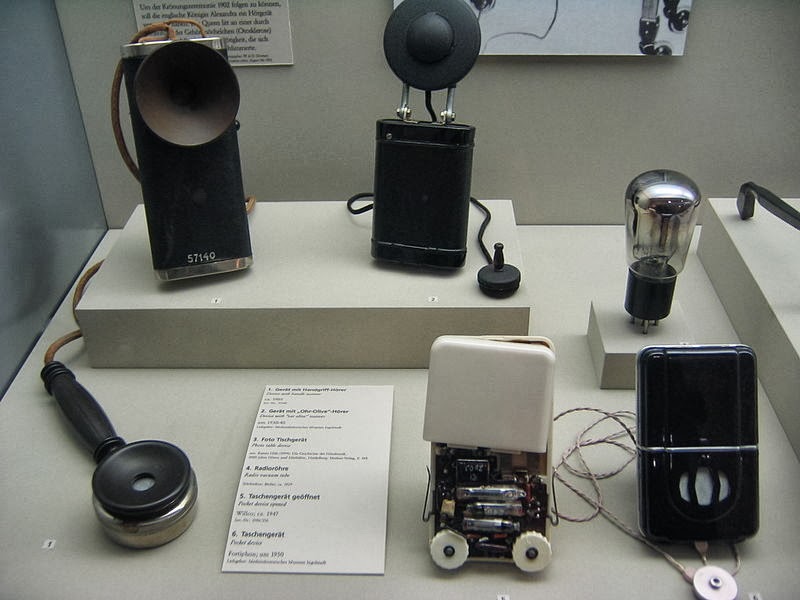
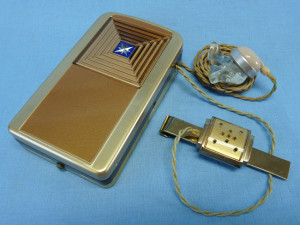
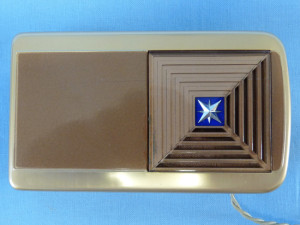
The 1920s
Developments in vacuum-tube technology starting in the 1920s led to lower-voltage, battery-powered hearing devices that were still bulky but small enough to be worn on the body. Vacuum tubes vastly increased the amount of amplification available in hearing aids, making it possible to treat greater degrees of hearing loss.
The 1940s-1950s
World War II caused introducing many advances in technology, one being the transistor, created in 1948 by Bell Telephone Laboratories. However, Norman Krim later adapted them for use in hearing aids. Transistors replaced vacuum tubes in hearing aids, allowing them to be much smaller and more portable.
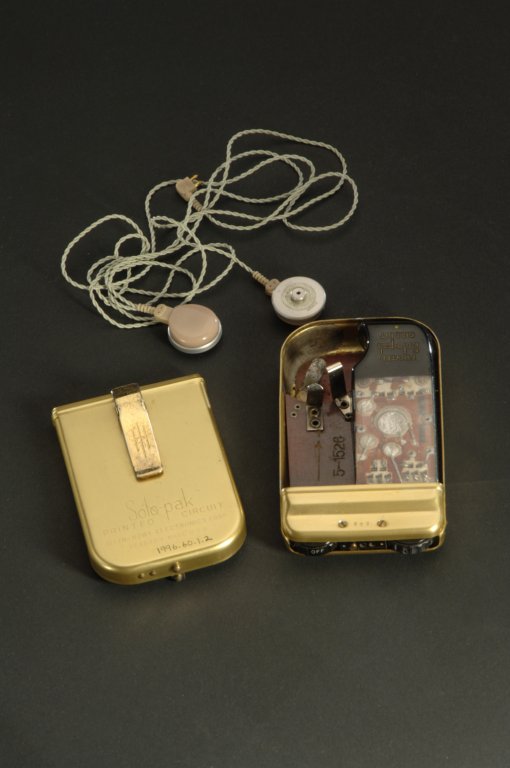
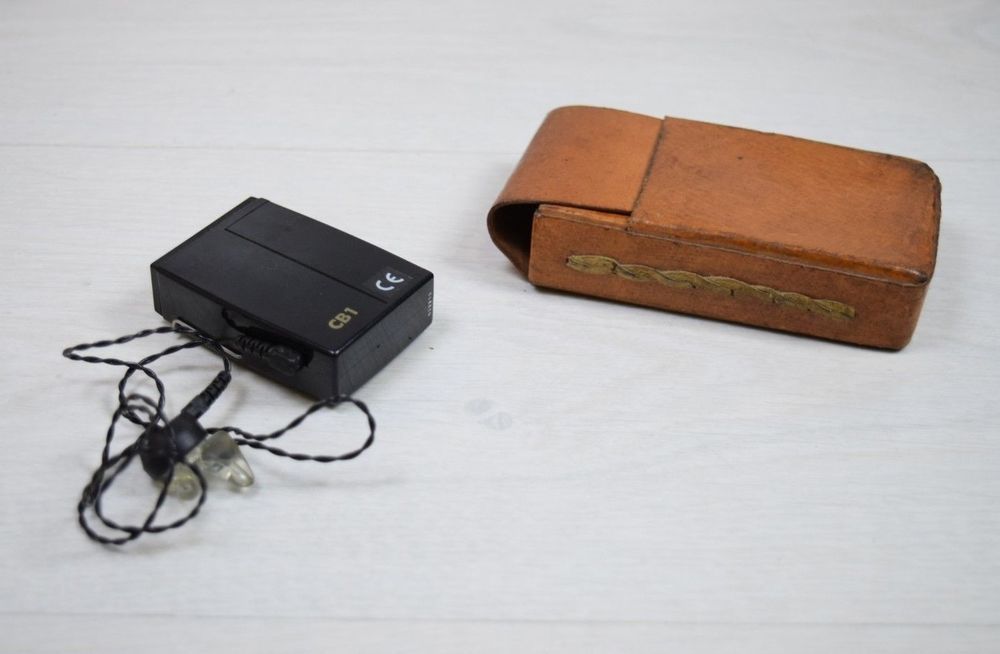
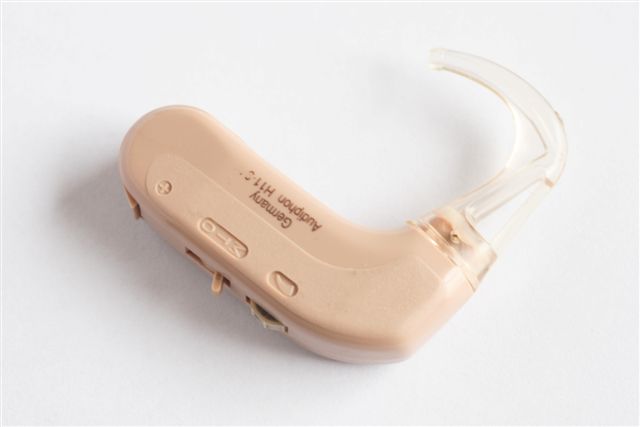
The 1970s-1980s
The arrival of microprocessors in the 1970s miniaturized hearing aids even more, and wearable analog devices were common throughout the decade. They were simple and equally amplified all sounds – including potentially unwanted noise – but some could be programmed for different listening situations. Analog devices became hybrid devices, and finally, the first fully digital hearing aid was created at the City University of New York in 1982. It wouldn’t become a commercially available technology until the 1990s, but it was the breakthrough that led to the hearing aids we know today.
Modern Technology (1990s to present)
1996 saw the release of the first truly digital hearing aid. By 2005, hearing aids had programmability, allowing for customizable settings and fine-tuning. This kind of digital technology is the same circuitry used in cellphones and computers and has rapidly developed as such. Streaming, adjusting automatically to specific environments, filtering out background noise, and detecting falls are just some of the features you can expect in a contemporary hearing aid, and they’re continuing to evolve.
